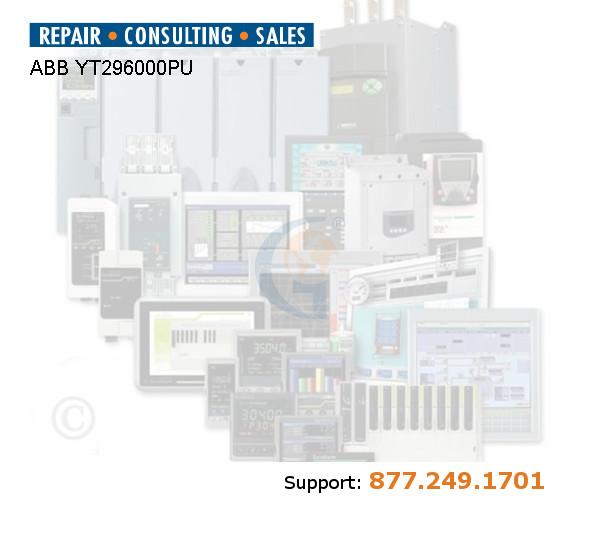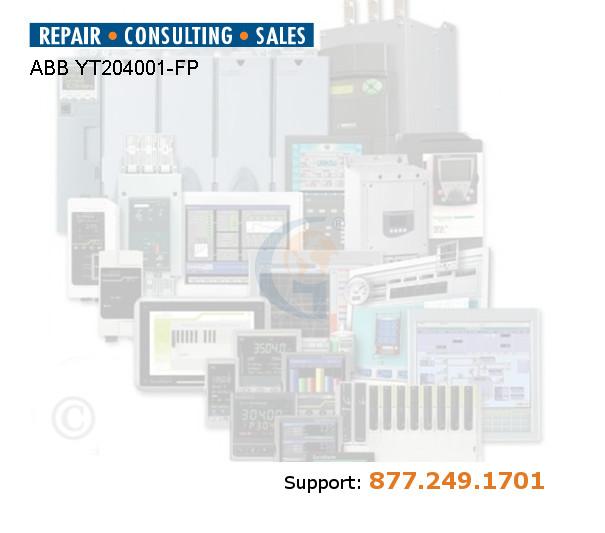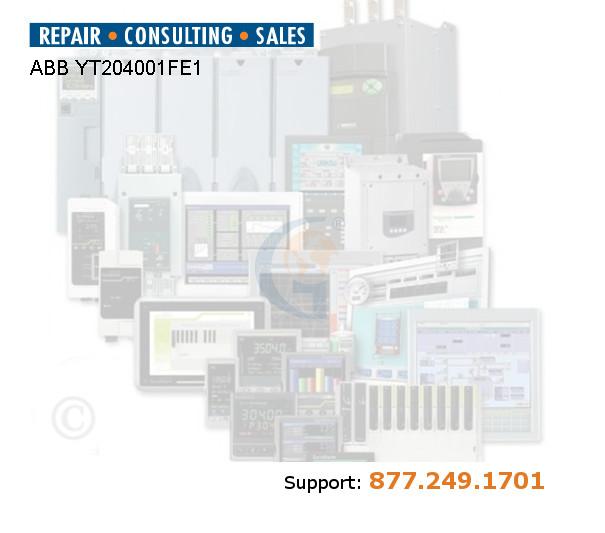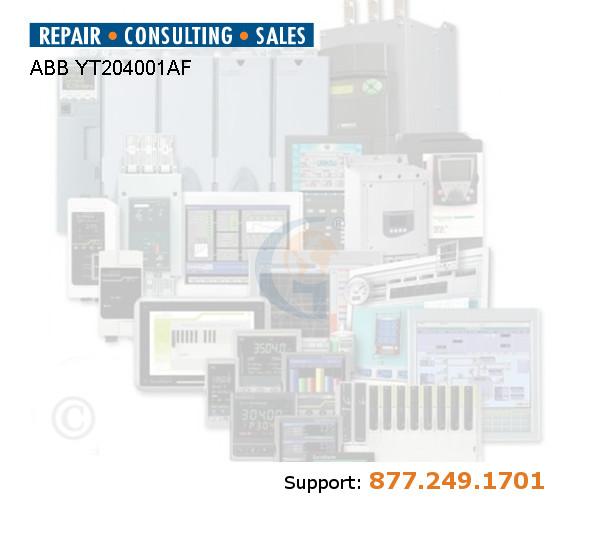PC Boards
What Is a Printed Circuit Board?
The printed circuit (PC) board has become an essential part of modern-day electronics since its invention in the 20th century. Manufacturers use PC boards to route electrical power and signals within a device or between more than one device. The PC board usually consists of one to 12 layers of nonconductive materials like plastic or fiberglass that hold copper circuitry. The copper links electrical components and connectors through conductive circuits.
The PC board is one of the most important components for computers and household devices as well as electronics in industrial applications.
-
 ABB
ABBABB YT296000PU PC BOARD: Repair or Buy ABB YT296000PU
- Model #:
- YT296000PU
- Part #:
- YT296000PU
- New/Surplus $ 2116
- Refurb. Price $1481 Save up to $ 635
- Repair Price $962 Save up to $ 1154
-
 ABB
ABBABB YT296000LH PC BOARD: Repair or Buy ABB YT296000LH
- Model #:
- YT296000LH
- Part #:
- YT296000LH
- New/Surplus $ 2116
- Refurb. Price $1481 Save up to $ 635
- Repair Price $962 Save up to $ 1154
-
 ABB
ABBABB YT204001-FP PC BOARD: Repair or Buy ABB YT204001-FP
- Model #:
- YT204001-FP
- Part #:
- YT204001-FP
- New/Surplus $ 449
- Refurb. Price $314 Save up to $ 135
- Repair Price $204 Save up to $ 245
-
 ABB
ABBABB YT204001FE1 PC BOARD: Repair or Buy ABB YT204001FE1
- Model #:
- YT204001FE1
- Part #:
- YT204001FE1
- New/Surplus $ 5405
- Refurb. Price $3784 Save up to $ 1621
- Repair Price $2457 Save up to $ 2948
-
 ABB
ABBABB YT204001AF PC BOARD: Repair or Buy ABB YT204001AF
- Model #:
- YT204001AF
- Part #:
- YT204001AF
- New/Surplus $ 1742
- Refurb. Price $1219 Save up to $ 523
- Repair Price $792 Save up to $ 950
-
 ABB
ABBABB YPQ-110A PC BOARD: Repair or Buy ABB YPQ-110A
- Model #:
- YPQ-110A
- Part #:
- YPQ-110A
- New/Surplus $ 2468
- Refurb. Price $1728 Save up to $ 740
- Repair Price $1122 Save up to $ 1346
Printed Circuit Board Applications
Most electronic devices that people find useful for saving labor and expenses have a PC board, regardless of the industry they serve.
Some of the main industries the PC board benefits include:
- – Industrial production: PC boards have helped manufacturers revolutionize processes like supply chain management with automated machines to complete production processes.
- – Medical: The complex power of the PC board combined with its minimal form factor has allowed scientists to create tiny implants, cameras, hearing aids, pacemakers and more.
- – Military: Specialized PC boards can withstand G-force up to thousands of pounds, even in military situations with extreme vibration and heavy impacts.
- – Aerospace: PC boards are ideal for instrumentation that experiences high vibration in flight on satellites, aircraft and more. The light weight of the boards also reduces fuel consumption.
Types of Printed Circuit Boards
There are several different types of specialized PC boards for various applications. The main types of boards include:
- – Single-layer: This PC board has a single layer of the base material. The manufacturer coats one side with a thin layer of metal like copper and covers it with a protective solder mask and a layer of silk-screen for element components.
- – Double-layer: This PC board has double sides, with conductive metal like copper applied to each. A drill creates holes on one side of the board to connect circuits to the other side with a through-hole approach or surface mount.
- – Multi-layer: The multi-layer PC board typically has three to 12 layers secured by glue and placed between insulation layers to prevent overheating.
- – Rigid: The rigid PC board has a solid substrate material designed to resist twisting. This board type can be single- or multi-layer.
- – Flexible: Manufacturers build the flexible PC board for movement, using materials like plastic to allow for bending or folding. These boards range from single-layer to multi-layer designs and their flexibility helps builders save on weight and cost.
- – Rigid flex: The rigid-flex PC board combines rigidity and flexibility by connecting multiple flexible layers with a rigid portion. This design saves on weight and size since it combines the boards rather than having more of both types in a device.
Find Your Printed Circuit Board Solution Today
Looking to find PC board replacements or repair services for your company? Shop our selection of printed circuit boards above or contact Global Electronic Services so we can connect your team with a highly trained technician certified in Mitchell Electronics, EASA, MIL-SPEC, ISCET and more.
Give us a phone call at 877-249-1701 to speak with a helpful representative or fill out our quick contact form online to ask questions and receive a quote.